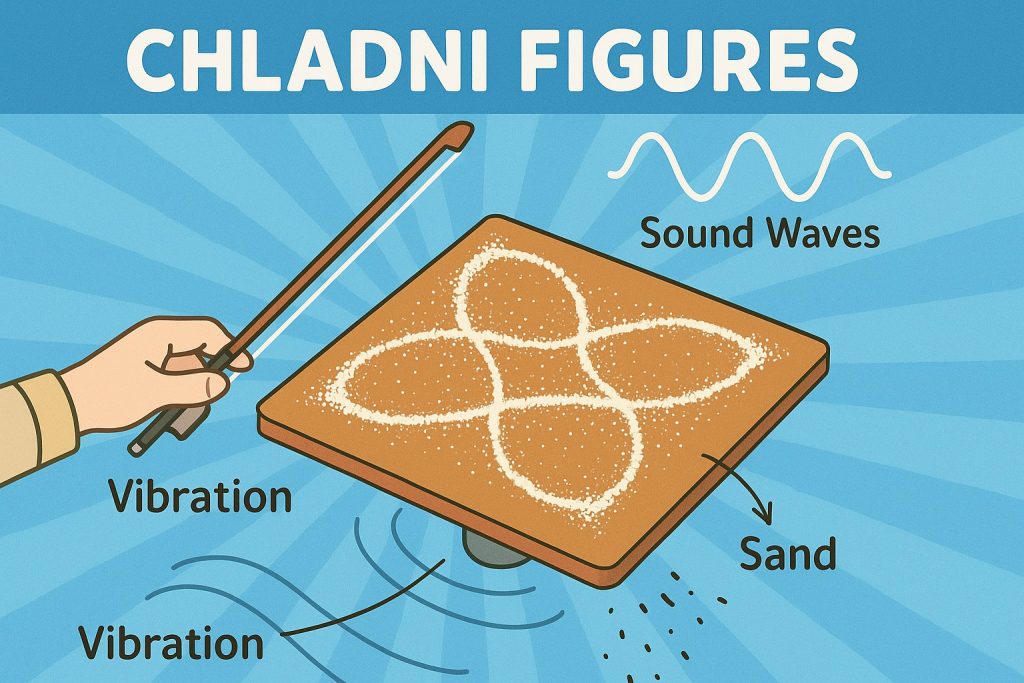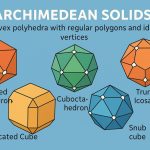In the beginning was the word…
Chladni figures are fascinating patterns formed when sound waves create visible vibrations on a surface. Named after the German physicist Ernst Chladni, these figures offer a stunning glimpse into the physics of sound and the behavior of resonating materials. Today, Chladni figures remain a powerful educational and artistic tool, used in acoustics, materials science, and even music design.
What Are Chladni Figures?
Chladni figures appear when a thin plate (usually metal or glass) covered with fine particles (like sand or salt) is made to vibrate using a violin bow or a frequency generator. The resulting vibration causes the particles to gather into geometric patterns, forming the visible nodes—areas where the surface doesn’t move.
These intricate patterns are the result of standing wave formations. Where the plate vibrates strongly, particles are shaken away. Where the vibration is minimal (nodes), the particles settle and form visible lines and shapes.
History and Discovery
- In 1787, Ernst Chladni published his pioneering book “Entdeckungen über die Theorie des Klanges” (“Discoveries in the Theory of Sound”), where he documented his experiments.
- He used a violin bow to excite metal plates and visualized complex patterns that depended on frequency and plate shape.
- Chladni’s work laid the groundwork for the modern science of acoustics and inspired later physicists such as Faraday and Helmholtz.
How Do Chladni Patterns Work?
The formation of Chladni figures depends on:
- Frequency of vibration: Higher frequencies produce more complex patterns.
- Material and shape of the plate: Square, circular, or rectangular shapes affect the wave behavior.
- Mode of vibration: Each frequency causes a different set of resonance patterns.
- Boundary conditions: Fixed edges constrain movement and shape the resulting figures.
Each pattern is essentially a 2D map of a standing wave, with nodes (lines of no vibration) and antinodes (areas of maximum movement).
Applications and Modern Relevance
Chladni figures are not just beautiful—they’re scientifically valuable:
- Musical instrument design: Helps optimize the sound quality of violins, guitars, and pianos.
- Structural engineering: Used to test how materials respond to stress and vibration.
- Acoustic research: Visualizes how sound behaves in enclosed environments.
- Education and outreach: Demonstrates sound physics in an engaging, visual way.
In the digital age, Chladni plates are often powered by frequency generators and speakers, allowing precise control and even 3D simulations.
Glossary
- Chladni figure — A geometric pattern formed by vibrations on a plate visualized with particles.
- Standing wave — A wave that remains stationary, with fixed points of no movement (nodes).
- Node — A point on a vibrating surface that remains stationary.
- Antinode — A point where vibration is at maximum amplitude.
- Resonance — The condition where a system naturally oscillates with greater amplitude at specific frequencies.


